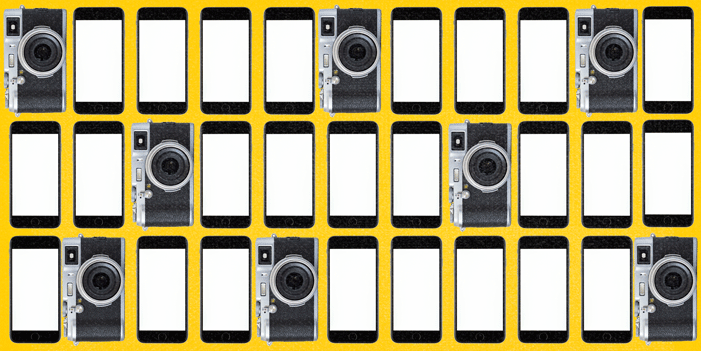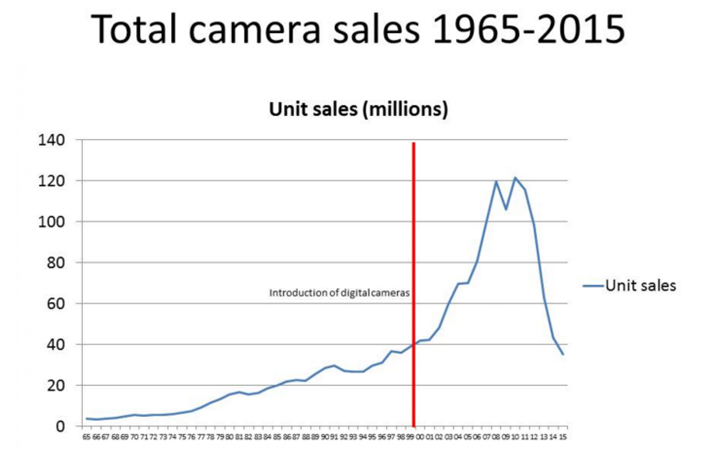If you’re a Leica lover on a tight budget, you can now get a P9 instead of an M9. The P9 is a new Leica-accredited smartphone by Huawei, the M9 a Leica rangefinder that set you back nearly $7,000. That’s how fortunes change. Leica, badging a smartphone? This once unthinkable adoption of consumer trends by Leica has its roots in how the iPhone changed the world. That’s right, the world. The iPhone today, and all the smartphones that came after, is everywhere, changing human behavior in ways few other things could. Especially photography.

The iPhone leaves a long list of victims along its traces. Palm, BlackBerry and other phones, MP3 players, calculators, note pads, physical maps and those good old day planners. The iPhone eradicated whole product lineups. And cameras. Lots of them.
The camera has suffered mightily since the iPhone was introduced almost 10 years ago. And it’s not that iPhones have democratized photography. Android and cheaper smartphones have. And it’s less about money than convenience and functionalities. People today sure don’t spend less on photography gadgets, because we have to include smartphones and related sales.
See what happened to camera sales since 1965:

Digital cameras made demand soar, it was one big camera party. That is, until 2007, when Apple launched the first iPhone.
That, of course, called a new force of competitors into action. There is no Apple and iPhone today without Google and Android and vice versa. But point-and-shoot cameras are in fact dead, and they will never ever climb back up again.
Furthermore, smartphones in general erode higher-end camera market as well. The number of more serious cameras sold with interchangeable lenses rose through 2013. Today however, many don’t trade in point-and-shoot cameras anymore for better cameras. They trade in better cameras for smartphones.
It’s likely that the market for more serious cameras hasn’t hit bottom yet. Smartphones get more powerful — hello Huawei-Leica — and Moore’s law suggests that one day serious camera and mobile device optics approach parity.
Sure the big camera makers don’t like that. Said Takafumi Hongo, a Canon spokesman in 2013:
Taking photos with smartphones and editing them with apps is like cooking with cheap ingredients and a lot of artificial flavoring. Using interchangeable cameras is like slow food cooked with natural, genuine ingredients.
This line has long begun to blur. The rapid adoption of smartphones for even professional filmography has established camera makers panicking to a degree that it’s either annihilation or diversification down the road.
One could argue you still need solid gear for solid work. Not necessarily. The Web is full of quality work shot with cheaper cameras and smartphones.
When you point your finger at someone, how many fingers again point at you? That’s right, three. The answers lies in you, not the camera.


